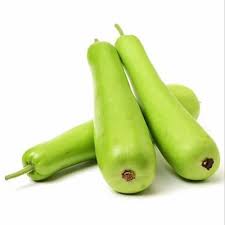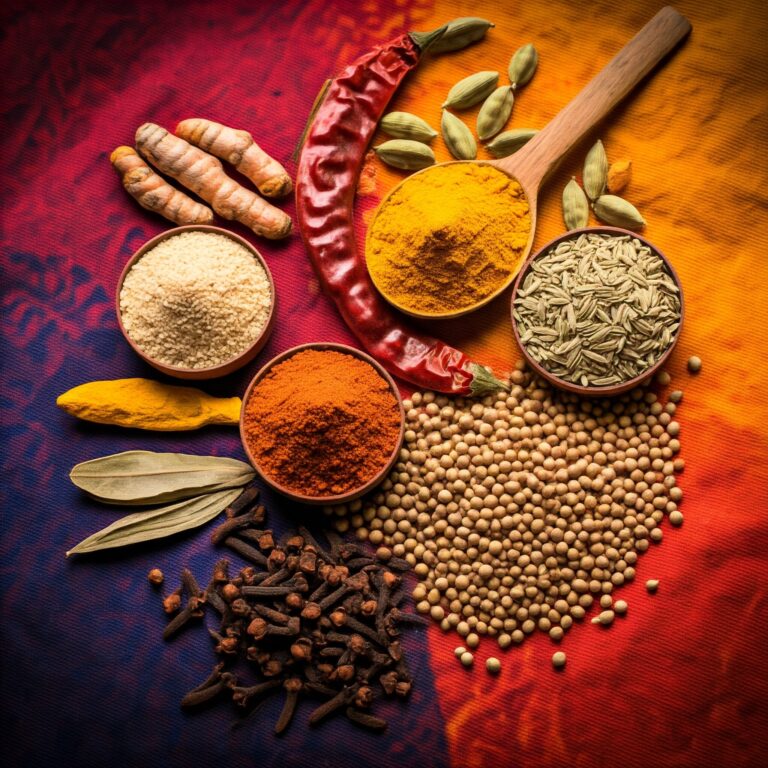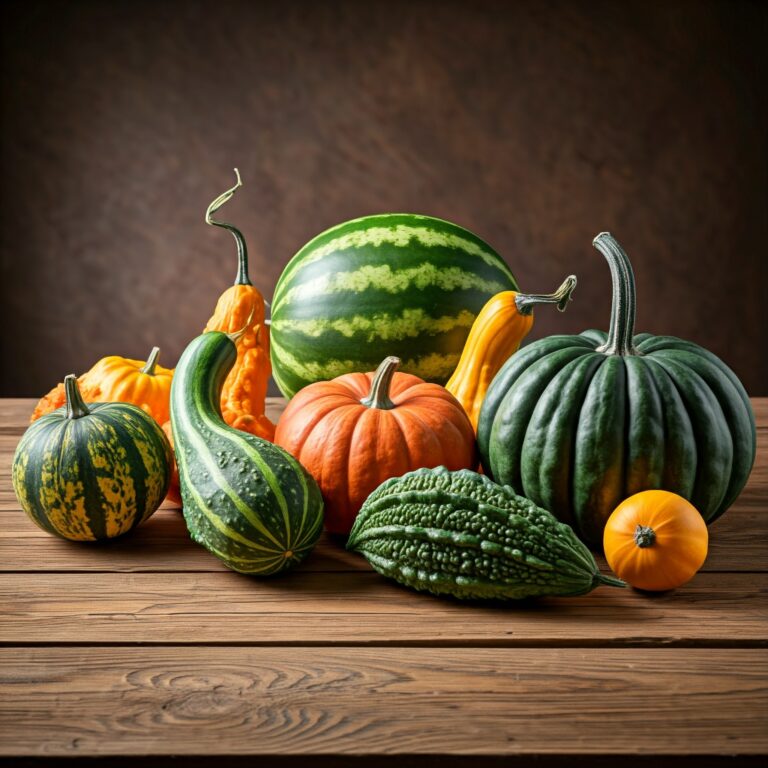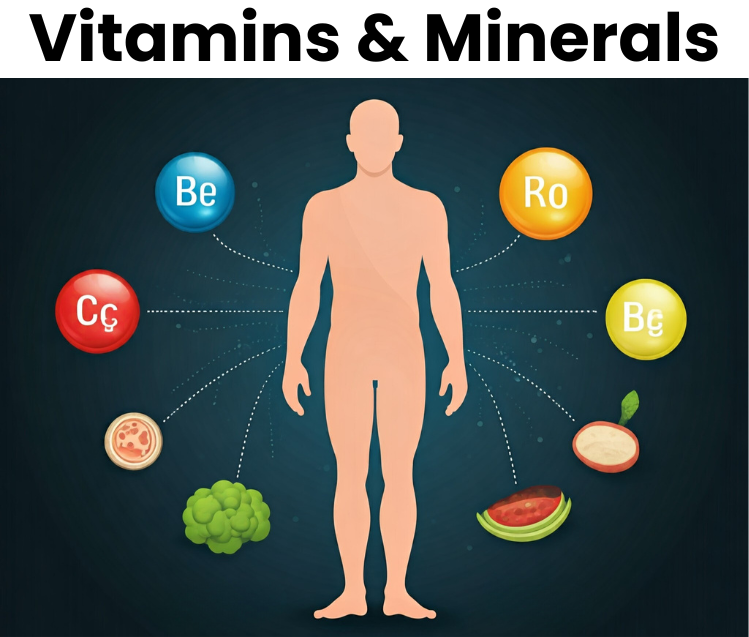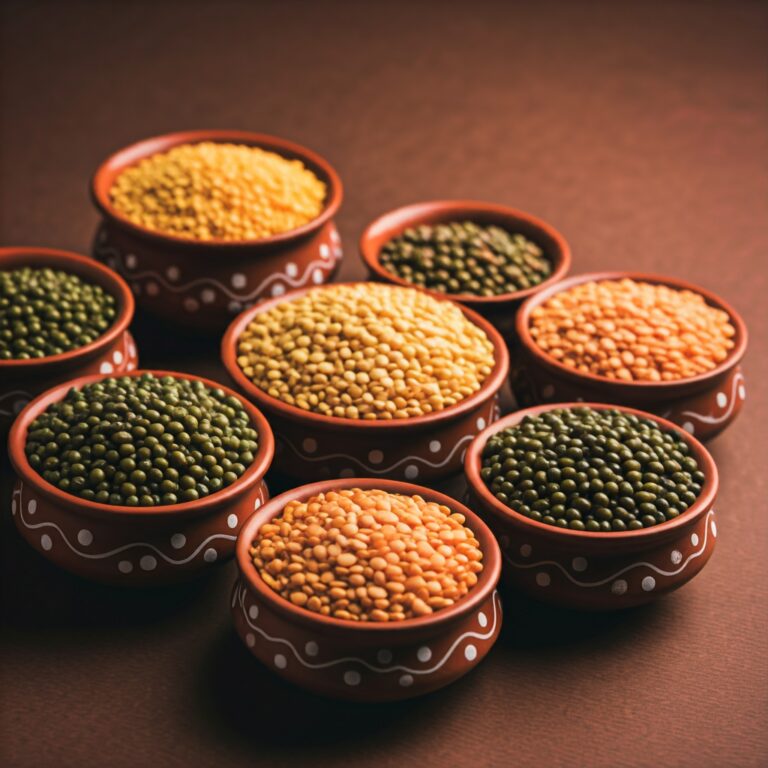Fresh Beans: A Culinary and Nutritional Treasure
Fresh beans, a staple in countless cuisines worldwide, are not only delicious but also packed with essential nutrients. This versatile vegetable comes in various shapes, sizes, and flavors, each offering unique culinary experiences and health benefits. Let’s delve into the world of fresh beans, exploring their diverse types, nutritional value, and culinary applications.
A Kaleidoscope of Fresh Beans
The bean family is vast, encompassing numerous varieties, each with its distinct characteristics. Here are some of the most popular types of fresh beans:
1. Broad Beans (Vicia faba)
Broad beans, also known as fava beans or horse beans, are large, flat beans with a slightly sweet flavor. They are a nutritional powerhouse, rich in protein, fiber, folate, and vitamin C. Broad beans are commonly used in Mediterranean and Middle Eastern cuisine, where they are enjoyed in salads, soups, and purees.
2. Cluster Beans (Cyamopsis tetragonoloba) – aka – Gawar
Cluster beans, also called guar beans or guar gum, are long, slender beans that grow in clusters. They have a slightly bitter taste and are a good source of protein, fiber, and calcium. Cluster beans are widely used in Indian cuisine, where they are added to curries, stews, and stir-fries.
3. French Beans (Phaseolus vulgaris) – aka – Fansi Chori
French beans, also known as green beans or snap beans, are small, tender beans with a mild flavor. They are a good source of protein, fiber, and vitamin C. French beans are incredibly versatile and can be enjoyed in salads, soups, stir-fries, and as a side dish.
4. Long Beans (Vigna unguiculata) – aka – Chori
Long beans, also called yardlong beans or cowpea, are long, slender beans with a slightly bitter taste. They are a good source of protein, fiber, and vitamin C. Long beans are commonly used in Asian cuisine, where they are added to stir-fries, soups, and curries.
Nutritional Powerhouses
Fresh beans are a nutritional goldmine, offering a wide range of essential nutrients. Here’s a breakdown of their key benefits:
- Protein: Beans are a complete source of plant-based protein, making them an excellent option for vegetarians and vegans.
- Fiber: The high fiber content of beans promotes digestive health, regulates blood sugar levels, and contributes to a feeling of fullness.
- Vitamins and Minerals: Beans are rich in vitamins A, C, K, and folate, as well as minerals like iron, calcium, and magnesium.
- Antioxidants: Beans contain antioxidants that help protect cells from damage caused by free radicals.
Culinary Versatility
Fresh beans are incredibly versatile and can be incorporated into a wide variety of dishes. Here are a few ideas to inspire your culinary creativity:
- Salads: Add a fresh crunch and nutritional boost to your salads with a variety of beans.
- Soups and Stews: Beans are a hearty addition to soups and stews, providing both flavor and substance.
- Stir-Fries: Sautéed beans with your favorite vegetables and protein for a quick and healthy meal.
- Curries: Beans are a classic ingredient in Indian curries, adding depth of flavor and texture.
- Hummus and Dips: Create delicious dips and spreads using beans as a base.
- Sides: Serve steamed or roasted beans as a simple yet nutritious side dish.
Growing Your Own Beans
If you’re a gardening enthusiast, consider growing your own fresh beans. They are relatively easy to cultivate and can provide a bountiful harvest. Choose a sunny location with well-draining soil and plant the seeds according to the specific variety. With proper care, you’ll be enjoying homegrown beans in no time.
Conclusion
Fresh beans are a culinary and nutritional treasure that deserve a place in every kitchen. Their versatility, nutritional value, and delicious flavor make them a must-have ingredient for health-conscious individuals and food enthusiasts alike. So, next time you’re planning your meals, consider adding a variety of fresh beans to your shopping list and discover the many ways they can enhance your culinary experience.



